Image Quality
The Tamron 17-28mm f/2.8 features a rather small zoom range of 1.6x, which should help to keep image quality on a fairly high level. The main competition to this lens is the similar aperture (but wider range) Sony 16-35mm f/2.8 GM, and the similar sized, but slower Sony/Zeiss 16-35mm f/4. Both lenses are significantly more expensive than the Tamron, with the 16-35mm f/2.8 GM coming in at a whopping $2200. Like its big brother, I don’t think anyone truly expects the Tamron to completely match the GM lens in image quality, but if it can get close, it’d be a great bargain. In my opinion, the Tamron produces great images overall, and I think for most people, will be the preferred lens over the very pricey GM lens.
Sharpness
Image sharpness overall with the Tamron 17-28mm f/2.8 is quite good. The lens has very high central image sharpness right from f/2.8, and that is true throughout the zoom range. The lens remains sharp over about 80% of the image frame wide open, and softens a little towards the edges, but even here, quality is very good, especially in the 17-24mm range. At 28mm, edges are a bit softer than at the wide end when shot at f/2.8.
Stopping down to f/5.6 or smaller, the lens becomes extremely sharp in the center, with very good sharpness extending all the way to the corners throughout the focal range. There is a bit of field curvature at longer focus distances, which will soften edge detail at wide apertures near infinity, but closer up, this curvature is negligible. When compared to the $1400 Sony/Zeiss 16-35mm f/4, the Tamron is a bit sharper in the center and notably sharper at the edges at most focal lengths, though the gap narrows a bit at 28mm. Click here to see my direct comparison between these two lenses, including 100% crops at multiple focal lengths and apertures. For my uses, I find the image sharpness to be excellent.
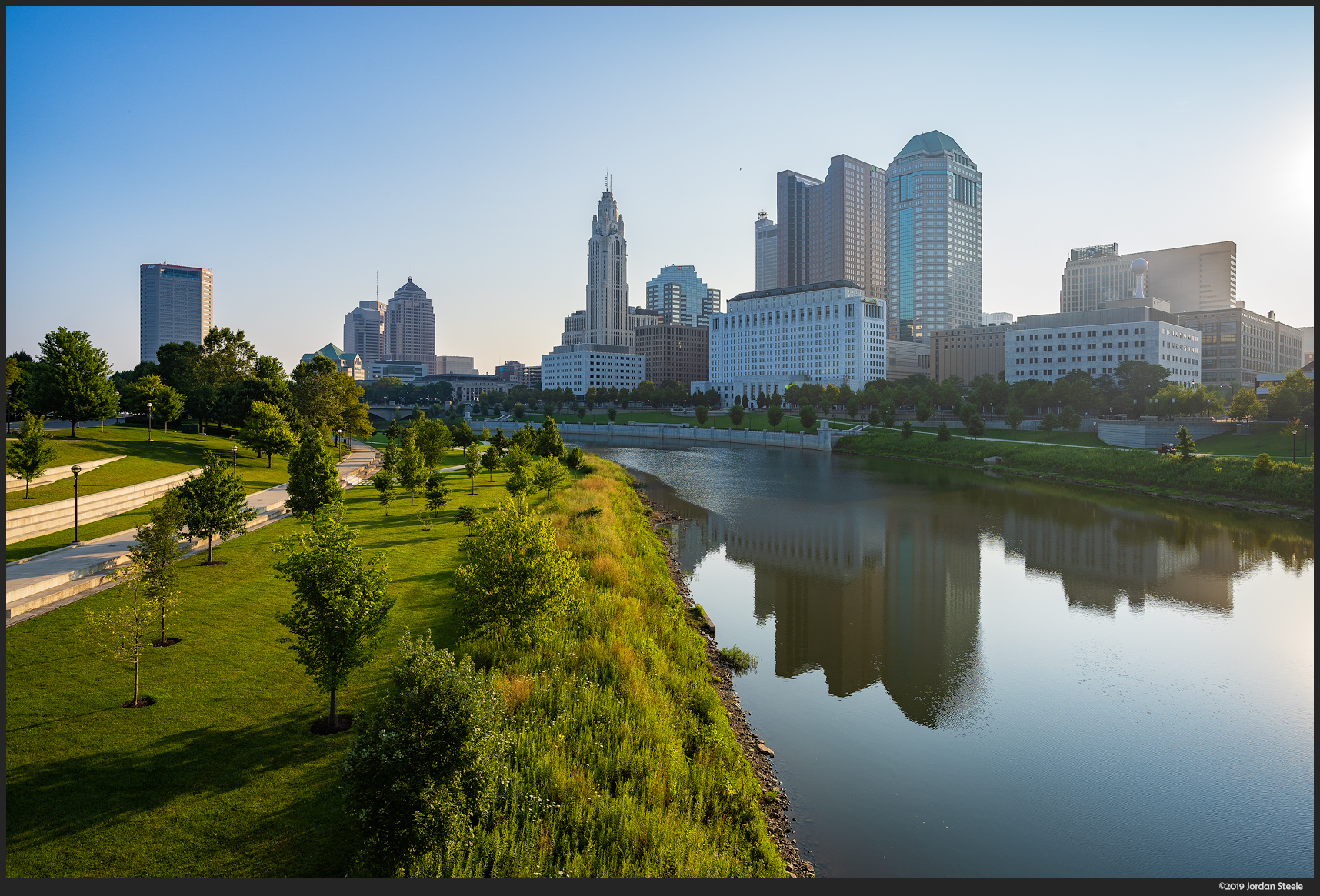
Bokeh
While ultra-wide lenses aren’t typically known for massive subject separation, having an f/2.8 lens can certainly allow for blurring out the background when focused at moderately close distances. The Tamron 17-28mm f/2.8 also can focus fairly closely, enabling a respectable 1:5 reproduction ratio at its closest focus distance. However, like the 28-75mm, the quality of that blur is average at best. At 17mm and f/2.8, the bokeh is fairly neutral. Moving to longer focal lengths cause a bit of deterioration in the quality, where there’s definitely some nervousness in the bokeh. The out of focus areas are relatively high in contrast, and some onion ring artifacts can be seen upon close inspection of specular highlights, including one ring that is brighter than others, which can create a slightly odd look in certain circumstances. With that said, I don’t think the overall impression is awful either; just don’t expect it to be a cream machine. The good contrast of the lens and the quick falloff definitely produce some pop. Some additional samples can be seen on the next page in the image sample gallery.
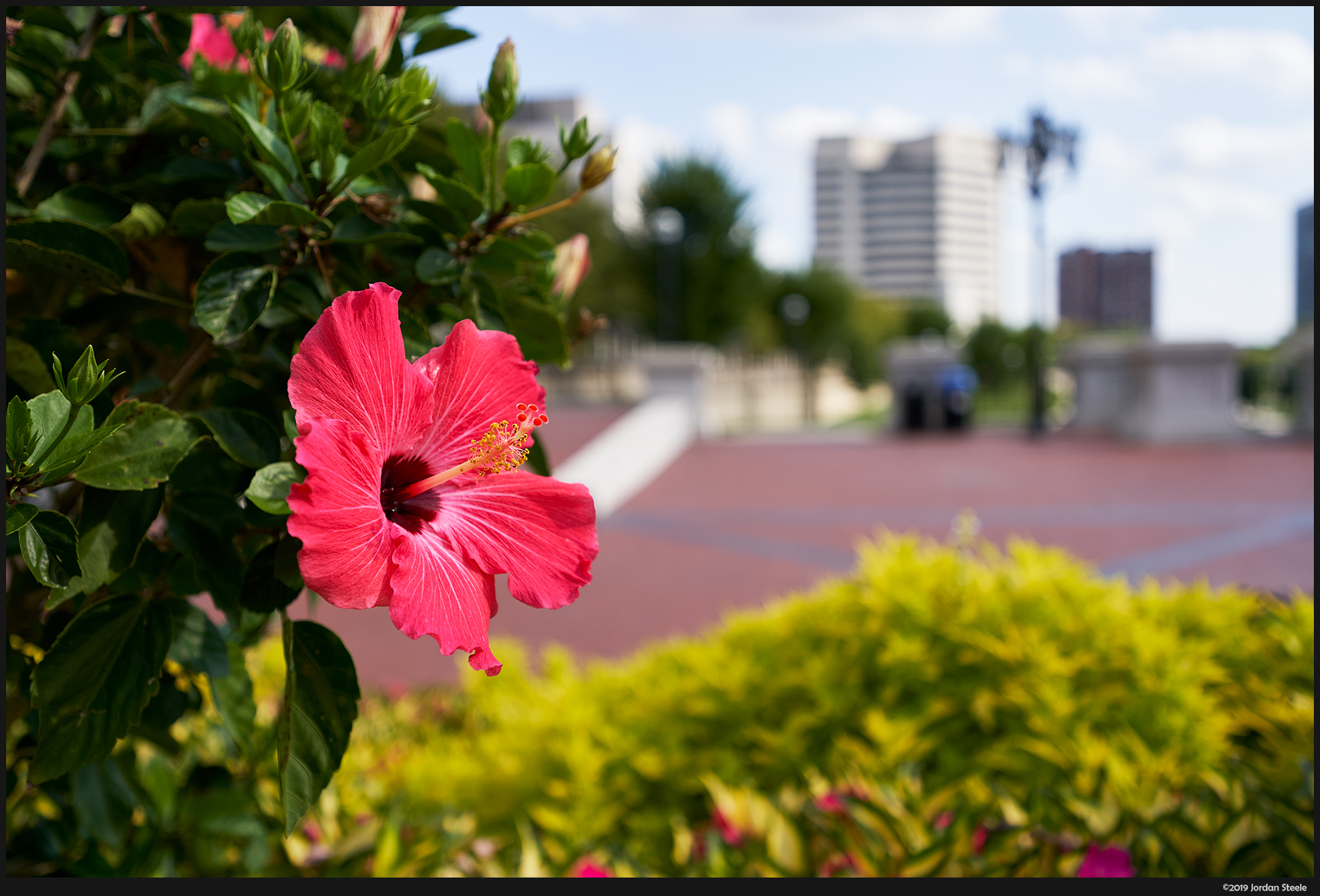
Color, Contrast and Chromatic Aberration
If you’ve used the Tamron 28-75mm f/2.8, you’ll be quite familiar with the drawing style of the Tamron 17-28mm f/2.8, as they share a lot in common with regards to color and contrast. The 17-28mm features strong contrast and punchy color throughout the aperture range, with a fairly neutral color rendition. This level of color and contrast is excellent for landscape and architecture shooting.
As you can see in the shot below, color is rich, and the contrast pops without being overwhelming or without nuance. I mistakenly took this (and a few others you’ll see in the image samples) in APS-C crop mode. I had been testing an APS-C lens on the camera the night before and forgot to switch out of that mode before the morning’s shoot, but the lens’ characteristics still shine through.
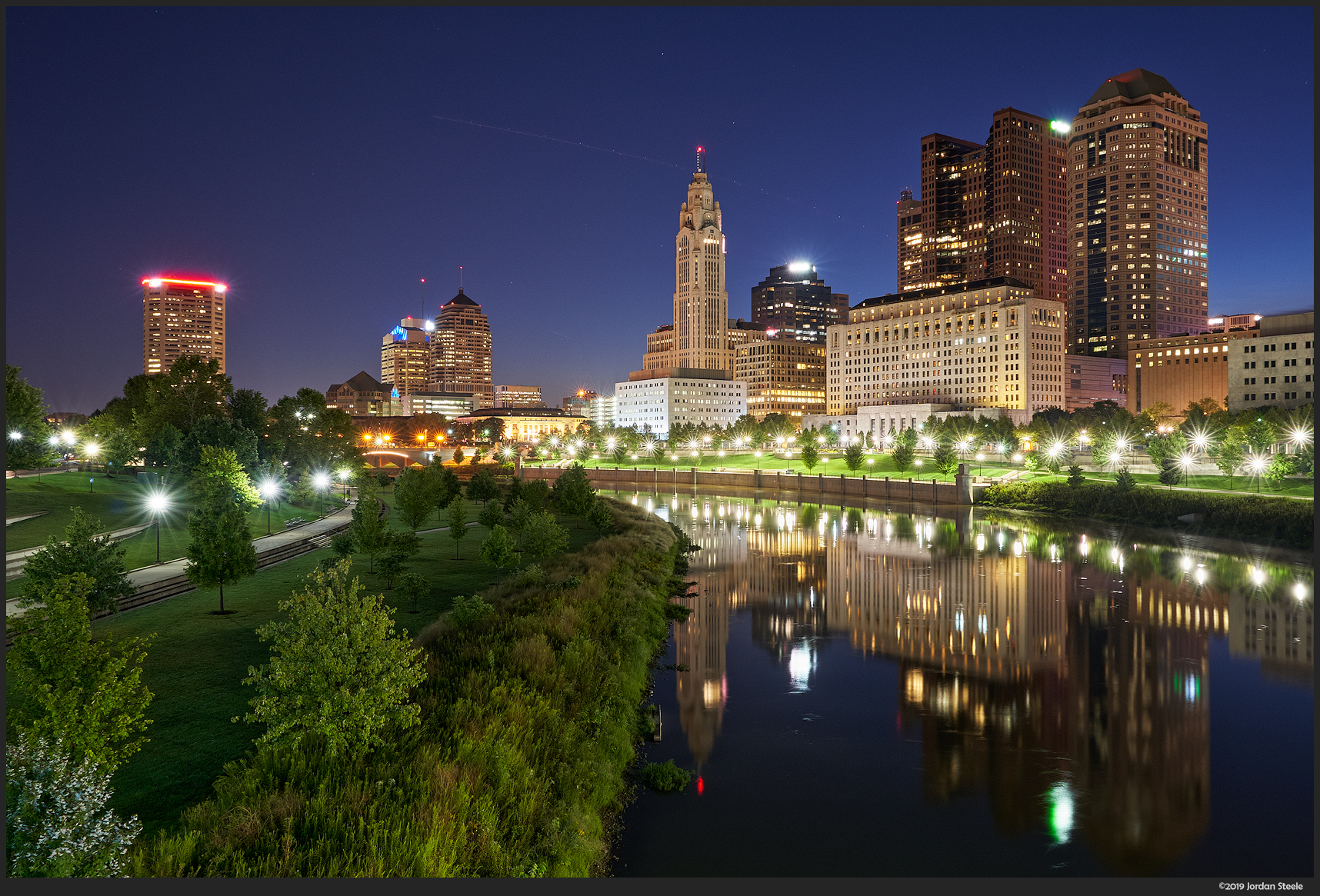
In my day-to-day shooting with the lens, I found the Tamron 17-28mm to have extremely low chromatic aberration, with essentially zero field relevant lateral chromatic aberration and a distinct lack of longitudinal CA as well. And then I realized that the lens contains a baked in correction for chromatic aberration that is present in the RAW file itself. This can not be disabled within Adobe products, and it is auto-applied in Capture One as well. As such, the average shooter will never see uncorrected CA. However, it is possible to disable this built-in profile in Capture One, and when doing so, you see the lens does natively exhibit some lateral chromatic aberration, though even uncorrected it’s not particularly egregious.
Distortion, Flare and Vignetting
One area where the built-in profile does some heavy lifting, however, is in distortion correction. Without the lens profile applied, the 17-28mm f/2.8 shows fairly pronounced barrel distortion at the wide end of the zoom range, that transitions to quite a bit of pincushion distortion at the long end. Both are completely taken care of by the built-in lens profile.
Vignetting is fairly substantial as well without profile application, with darkened edges visible at wide apertures, and even persisting a bit stopped down. I never found it particularly objectionable, but I always like a bit of vignetting in my images anyway.
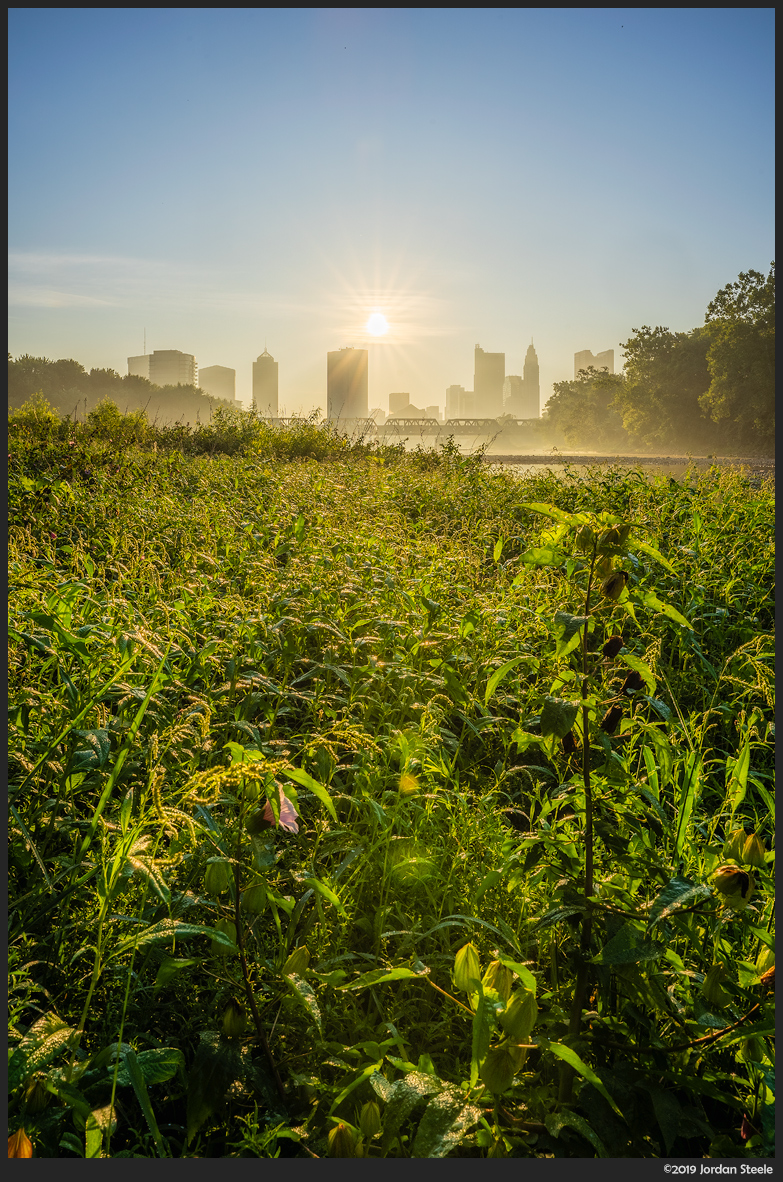
One area where Tamron really succeeded is in flare control. The 17-28mm is extremely resistant to flare. The lens shows minimal ghosting, with generally small flare ghosts that are unobtrusive. With the sun at the edges of the frame, contrast remains strong, with little to no veiling flare. The Tamron puts in an excellent performance here.
Coma
The Tamron 17-28mm f/2.8 has excellent control of coma, with only the very slightest hint of it wide open. On a recent trip to Death Valley, I had a chance to shoot some shots of the stars, and wide open photos showed excellent control of coma into the corners. The shot below is a blend of two exposures, to add depth of field for the foreground, but the stars were taken at f/2.8:
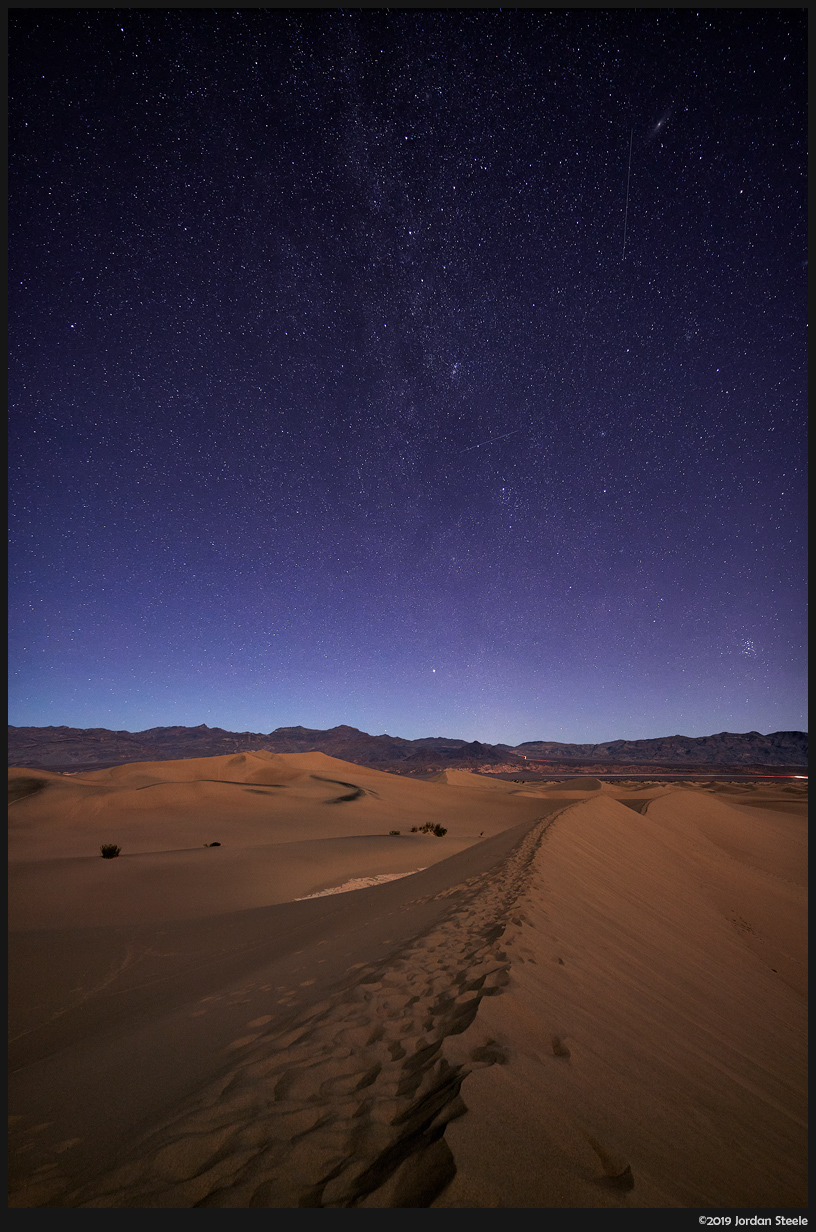
In all, the Tamron 17-28mm f/2.8 is a very strong performer, with very good image sharpness, excellent color and contrast, fantastic flare control and good control of chromatic aberrations. On the down side, bokeh is a bit rough and the lens relies on software correction to fix distortion.

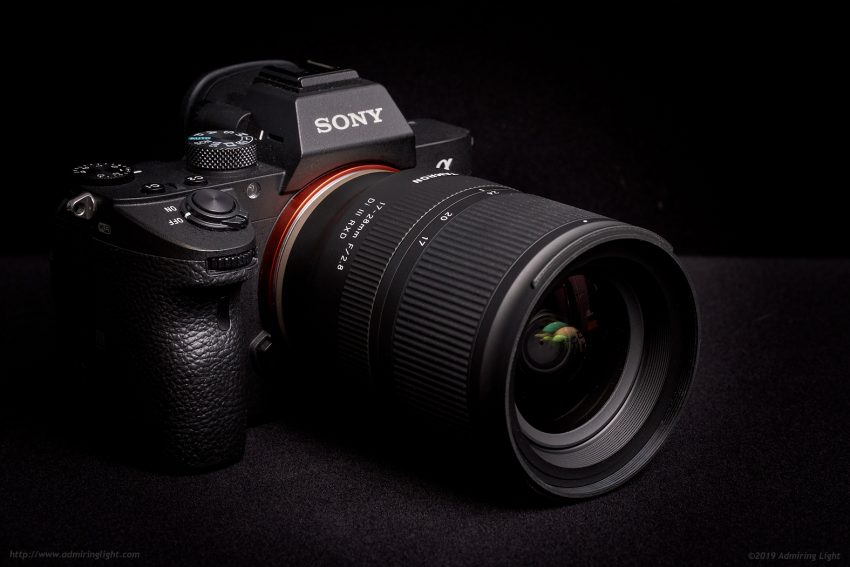
Thanks, Jordan. Ponderated review as always.
As you have reviewed the Loxia 21, could you describe how does this zoom fares comparatively with it?
More so the CV Color Skopar 21 3,5 that you reviewed earlier and wrote was a good alternative to the Loxia. One thing both of those have that this Tamron doesn’t is nice sunstars.
The Loxia 21mm is the best wide angle lens I’ve reviewed. It would definitely have an edge over the zoom, though stopped down for landscape work, the difference isn’t enormous. The Loxia is definitely still a bit better stopped down, but the difference is mostly an increase in resolution at the edges. As noted in the other reply, sunstars are far better on the Loxia and the Voigtlander 21’s, if that is important to you.
Not sure what other reply you are referring to but about sunstars: it’s funny, I thought they seemed a bit misplaced initially but something made me try the Voigt 21 3,5, in part thanks to your review, and I find that they are actually pretty fun to attempt to lure out and can make a positive impact on a photo. Depending on where you read on the internets they can either be not mentioned or absolutely critical for landscape photography. Your reviews have consistently marked nice sunstars as a plus but not as a minus when they’re missing, which can be considered fair.
You also always produce rather attractive photos for your reviews.
Also, Jordan, how do the Tamron zooms compare at 28 mm? Which is better at that FL?
With both at 28mm, I’d give the edge to the 28-75mm. The 28-75mm is best at the wide end, and the 28mm end is the weakest end of the 17-28mm. However, the edge is fairly slight stopped down. Wide open, the edge to the 28-75 is a bit more pronounced.
I just tested my version of the Tamron yesterday and I had to report some serious problems with the autofocus. On several wideangle shots with subject not to near to the camera I had s mysterious focusproblem. Some picture of a variety of shots where perfect in focus and some had a bad misfocus. There where no changes to the focus and the settings between the shots. First time I had the error I had to turn off the camera and turn it on again to get the focus back to work. In the other cases the error was gone after one or two shots. But it´s very difficult to see the misfocus on the camera display. When zooming in it is visible. Camera model was the Sony A7R iii with the latest firmware.
Hmmm….That’s interesting. I did not experience any issues like you describe. The only issues I found were with continuous AF when shooting distant subjects stopped down, where some small amount of front focus could occur that would leave the edges soft. In single AF, it has been fine for me, as well as both single and continuous closer up.
Yeah, I got see behaivor when I tried to shot the first pictures with the Tamron and I was wondering about the blurred pictures. So I again focused on a text written on a sign in the scenery and the a7 shows it green as correct focused but the result was a blurred picture. That continues until I turn off the camera. I could not say anymore if I was in continuous or single focus mode. I will have to examine the exif data to check that. After that the camera works fine for a while but as I see in Lightroom I mostly shot nearby objects the next few pictures. Then as I was a little bit confused by the first results I shot a series (not in burst mode, pressing trigger again and again) of five pictures without changing any settings in continues focus and I got three pictures correct in focus and two with no sharp results at all. The whole pictures are blurry, so it looks like there is nothing focused at all. But I know for sure that the focus indicator was green and focused the same object every time I pull the trigger. Therefore it seems to be a problem with the Tamron. I will do more testshots and also try it with another lense and also the Tamron with another camera I have (Sony A 6400). Maybe I can get further information under which circumstances this error will occur.
Thanks for the review. I wonder how this lens would work for astro photography, ie Milky Way? Was there much coma in the corners?
I have not tried it for astrophotography yet, but I have done some night photography that included some point light sources, and coma is very low from what I have seen with this lens. I will really get to stretch its astrophotography legs later this fall, as I’ll be taking a short trip to Death Valley and will definitely do some night photography while there.
Well this settles it. Tamron 17-28mm for me. (Putting up my 12-24G on sale today). I also have a friend nearby who lends me his 16-35gm whenever I want it…. 🙂
What was your experience (if any) with the weather sealing (or lack thereof) on the 16-35 f4? It seems Sony was playing it pretty fast and loose with what they claimed was weather sealed back then, hard to imagine how well sealed the extending 16-35 was if it didn’t even have a gasket at the mount.
I’m thinking of jumping into E-mount and I really prefer that reach at the longer end based on the two different UWAs I’ve had with my other system (18-36 & 16-36 EFL)… But with the Tamron being faster, a little sharper, cheaper, lighter, and seemingly better sealed I’m having a hard time ignoring it.
My only reservation is I’d end up missing the 35mm end that I’m used to and would end up cropping 28mm a bit too often… I guess it’s only a 1.25x crop to 35mm, and I don’t even have to crop exactly that much every time, hrm.